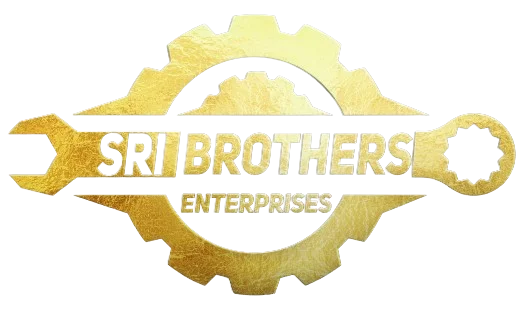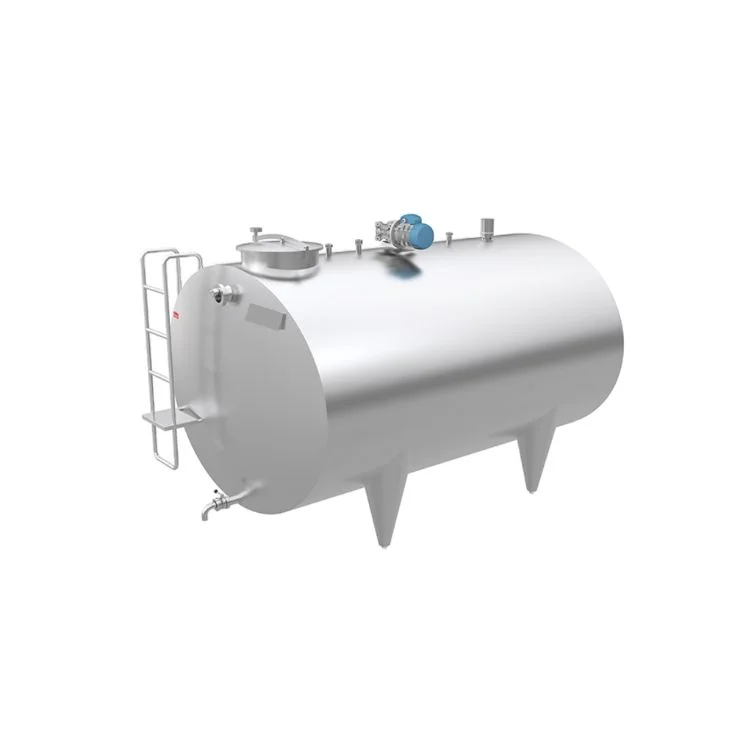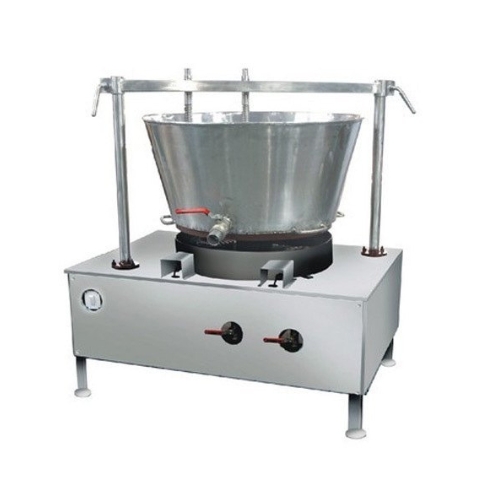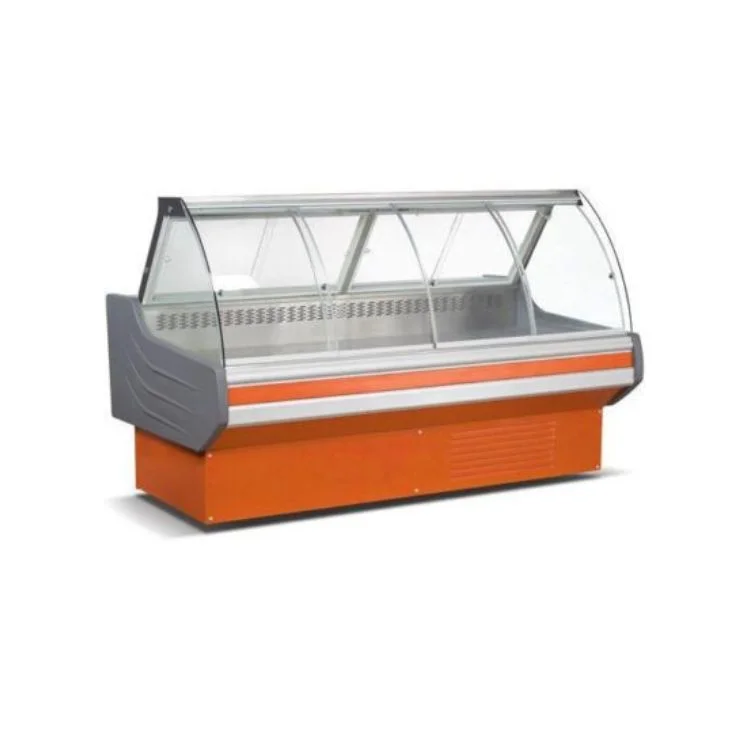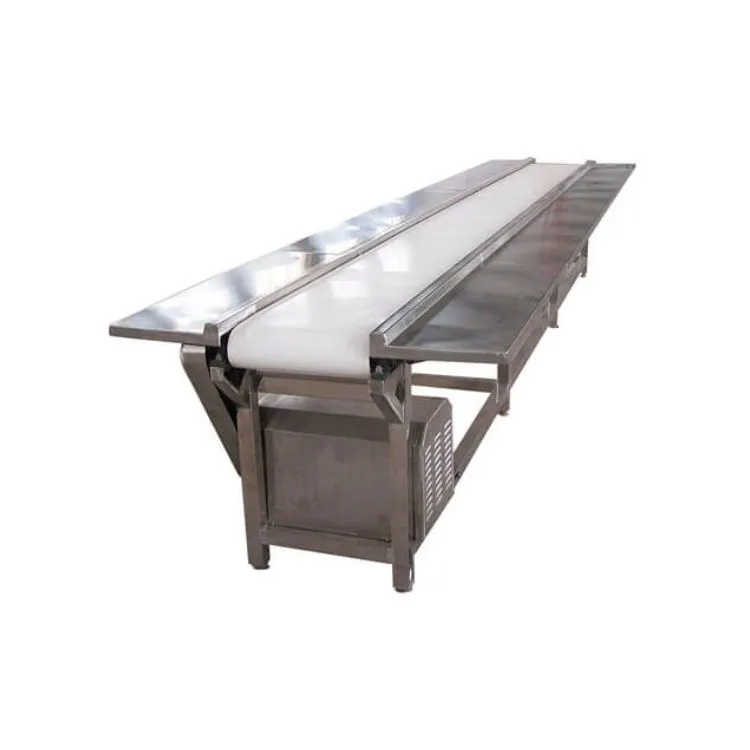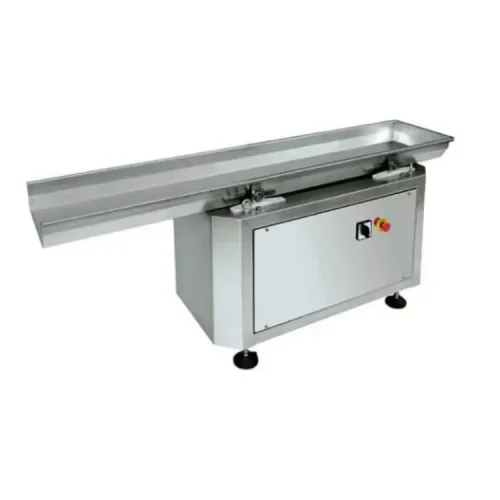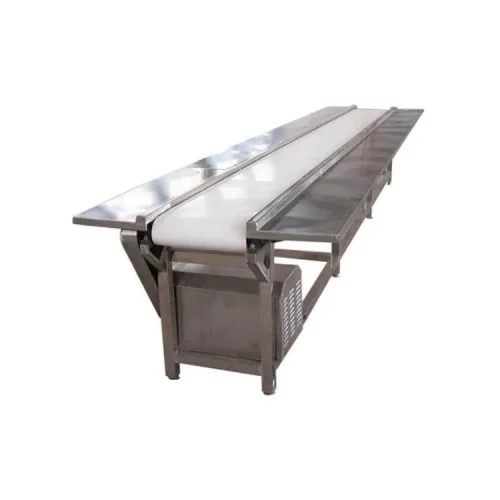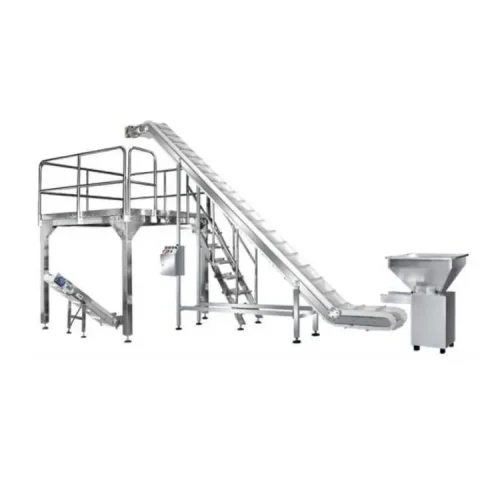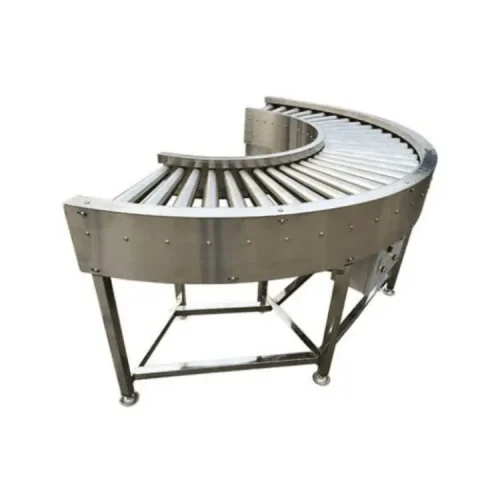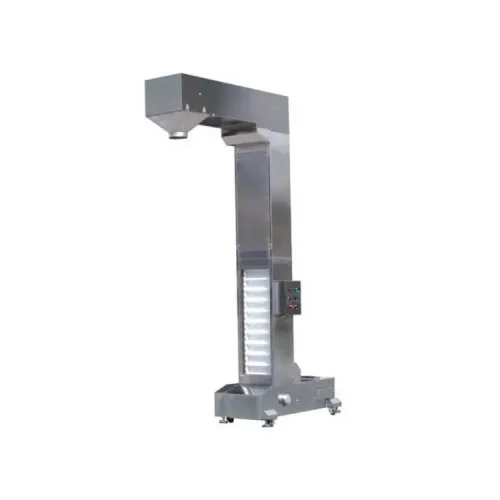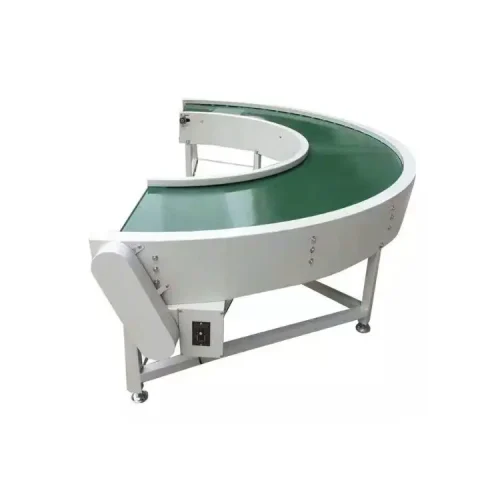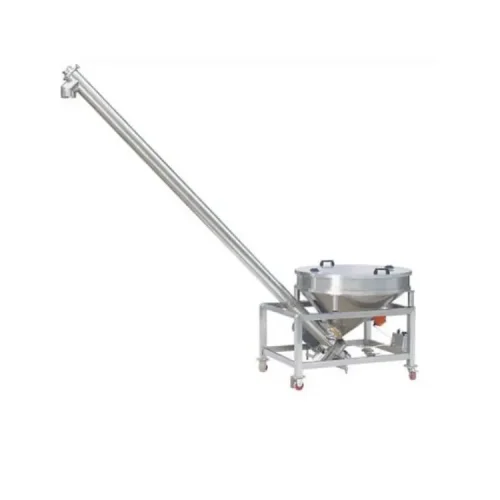Choosing the Right Conveyor: A Guide to Selecting a Linear Type Food Grade Belt Conveyor
Are you in the food processing industry and in need of a reliable conveyor system to enhance your production processes? Look no further! In this comprehensive guide, we will help you navigate through the various options and considerations when choosing the right linear type food grade belt conveyor.
Selecting the appropriate conveyor system for your specific needs is crucial to your production efficiency and overall success. From transporting delicate food products to handling heavy loads, the right conveyor can make all the difference.
In this article, we will explore key factors such as capacity, speed, durability, and sanitation requirements that you need to consider when selecting a food grade belt conveyor. We will also provide insights into different types of linear conveyors available in the market, highlighting their features and benefits.
We aim to equip you with the knowledge and understanding necessary to make an informed decision that will optimize your food processing operations. So, let’s dive in and discover the perfect conveyor system tailored to your requirements.
Understanding the importance of choosing the right conveyor
Selecting the appropriate conveyor system for your specific needs is crucial to your production efficiency and overall success. From transporting delicate food products to handling heavy loads, the right conveyor can make all the difference.
A linear type food grade belt conveyor offers several advantages compared to other types of conveyors. Its simple yet effective design allows for smooth and efficient movement of food products along a linear path. This type of conveyor is particularly suitable for applications where precise positioning and gentle handling of food items are required.
Types of conveyor systems
When it comes to conveyor systems, there are several options available in the market. Each type of conveyor system has its own unique features and benefits. Let’s take a closer look at some of the common types of conveyor systems used in the food processing industry.
- Belt Conveyors: Belt conveyors are one of the most widely used types of conveyors in the food industry. They consist of a continuous loop of material, typically made of rubber or plastic, that rotates around two or more pulleys. Belt conveyors are versatile and can be used to transport a wide range of food products, from small packaged items to bulk materials.
- Screw Conveyors: Screw conveyors, also known as auger conveyors, are commonly used for transporting bulk materials such as grains, powders, and granules. They consist of a helical screw enclosed in a tube, which rotates to move the materials along the conveyor. Screw conveyors are ideal for handling materials that are prone to clogging or require gentle handling.
- Chain Conveyors: Chain conveyors utilize a chain and sprockets to move materials along the conveyor. They are commonly used for heavy-duty applications and can handle large, bulky items. Chain conveyors are rugged and durable, making them suitable for harsh environments.
The benefits of using a linear type food grade belt conveyor
A linear type food grade belt conveyor offers several benefits that make it an ideal choice for food processing applications. Let’s explore some of these benefits in detail:
- Gentle Handling: Linear type belt conveyors provide gentle handling of food products, minimizing the risk of damage or contamination. The smooth belt surface and precise movement ensure that delicate food items are transported without any adverse effects.
- Hygienic Design: Food-grade belt conveyors are designed to meet strict hygiene standards. They are made of materials that are resistant to bacteria growth and are easy to clean. The conveyor’s open frame design allows for easy access to all areas, ensuring thorough cleaning and maintenance.
- Versatility: Linear-type belt conveyors can be customized to meet specific requirements. They can be designed to accommodate different product sizes, shapes, and weights. Additionally, they can be integrated with other equipment such as metal detectors, weather, and packaging machines to create a complete production line.
Factors to consider when selecting a linear type food grade belt conveyor
Choosing the right linear type food grade belt conveyor requires careful consideration of various factors. Here are some key factors that you need to evaluate before making a decision:
- Belt Material: The choice of belt material is crucial for food grade applications. It should be FDA-approved and resistant to oils, chemicals, and high temperatures. Common belt materials used in food processing include PVC, polyurethane, and stainless steel.
- Hygiene Features: Look for a conveyor that is designed with hygiene in mind. Features such as removable belt supports, easy-to-clean surfaces, and sanitary drive systems are essential for maintaining food safety standards.
- Capacity and Speed: Evaluate the conveyor’s capacity and speed requirements based on your production volume and processing time. Consider factors such as the size and weight of the products being transported, as well as the desired conveyor speed.
- Customization Options: Determine whether the conveyor can be customized to meet your specific needs. Look for options such as adjustable height, variable speed control, and modular design that allows for easy expansion or modification of the conveyor system.
Understanding the different belt materials and their suitability for food grade applications
The choice of belt material is crucial when selecting a food grade belt conveyor. Different materials offer varying levels of durability, flexibility, and resistance to chemicals and temperatures. Let’s explore some common belt materials used in food processing:
- PVC (Polyvinyl Chloride): PVC belts are widely used in the food industry due to their affordability, flexibility, and resistance to chemicals. They are suitable for applications with low to moderate temperatures and light to medium loads.
- Polyurethane: Polyurethane belts offer excellent resistance to oils, fats, and chemicals. They are more durable than PVC belts and can withstand higher temperatures. Polyurethane belts are ideal for applications that involve direct contact with food products or exposure to harsh cleaning agents.
- Stainless Steel: Stainless steel belts are highly durable, hygienic, and resistant to corrosion. They can withstand high temperatures and are suitable for applications that involve heavy loads, high speeds, or extreme operating conditions. Stainless steel belts are commonly used in food processing applications where hygiene and durability are paramount.
Assessing the conveyor’s hygiene features and maintenance requirements
Maintaining a high level of hygiene is essential in the food processing industry. When selecting a linear type food grade belt conveyor, it is important to assess its hygiene features and maintenance requirements. Look for the following features:
- Removable Components: Choose a conveyor that has removable belt supports, side guides, and other components. This allows for easy cleaning and prevents the buildup of food residues and contaminants.
- Smooth Surfaces: The conveyor should have smooth surfaces with no crevices or dead ends where food particles can accumulate. Smooth surfaces are easier to clean and minimize the risk of bacterial growth.
- Sanitary Drive Systems: The drive system of the conveyor should be designed to prevent the accumulation of debris and contaminants. Look for features such as sealed bearings, stainless steel motors, and washdown-duty components.
Evaluating the conveyor’s capacity and speed requirements
The capacity and speed of the conveyor are important factors to consider when selecting a linear type food grade belt conveyor. Evaluate your production volume and processing time to determine the required capacity and speed.
Consider the size and weight of the products being transported, as well as the desired conveyor speed. Ensure that the conveyor is capable of handling the required load without compromising efficiency or product quality.
If your production requirements are subject to fluctuations, consider a conveyor system with adjustable speed control. This allows for flexibility in accommodating different processing speeds and varying production volumes.
Considering the conveyor’s customization options and additional features
Customization options and additional features can greatly enhance the functionality and versatility of a linear type food grade belt conveyor . When making a decision, consider the following:
- 1. Adjustable Height: Look for a conveyor that offers adjustable height options. This allows for easy integration with other equipment and ensures ergonomic operation for workers.
- Variable Speed Control: Variable speed control allows you to adjust the conveyor speed to match your processing requirements. This can help optimize production efficiency and reduce product damage.
- Modular Design: A conveyor system with a modular design allows for easy expansion or modification. This is particularly beneficial if you anticipate future changes in your production processes or if you need to accommodate different product sizes or configurations.
- Integration with Other Equipment: Consider whether the conveyor can be seamlessly integrated with other equipment such as metal detectors, weighers, or packaging machines. This integration can streamline your production line and improve overall efficiency.
FAQs
A Linear Type Food Grade Belt Conveyor is a specialized conveyor system designed for the hygienic and efficient handling of food products. It utilizes a continuous belt to transport items along a linear path, ensuring a smooth and contamination-free transfer of food items.
A food-grade conveyor is constructed using materials that meet strict hygiene and safety standards. Typically, it uses stainless steel or other food-safe materials, and the design minimizes areas where food particles can accumulate, making it easy to clean and preventing contamination.
Some advantages include gentle product handling, easy sanitation, suitability for various food types, and the ability to control the speed and direction of the conveyor to match production requirements.
Yes, the conveyor belt is designed for easy cleaning. It often features a smooth, non-porous surface that allows for thorough cleaning and sanitation to meet food industry hygiene standards.
Yes, a Linear Type Food Grade Belt Conveyor is versatile and can handle a wide range of food products, including raw, processed, packaged, and bulk items. The design can be customized to suit specific food industry needs.
Yes, reputable manufacturers design these conveyors to comply with food safety regulations. They use materials that are safe for food contact and adhere to industry standards to ensure the conveyor meets or exceeds regulatory requirements.
Maintenance requirements are typically minimal. Regular inspections and preventive maintenance are recommended to ensure the conveyor continues to operate efficiently. Many systems are designed for easy access to components, simplifying maintenance tasks.
